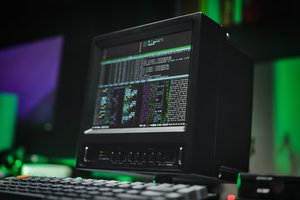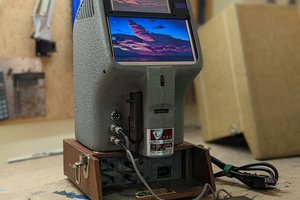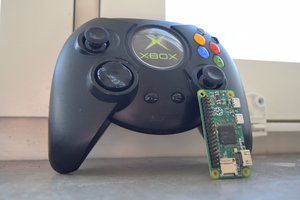Scheme shows all electronic parts except batteries. Everything is to scale, cables are placed figuratively, will be managed when the actual prototype is being built.
All the electronic parts will be secured with machine screws inside the plastic case and wires will be neatly placed so that every part can be accessible. The case will be made from three parts: front part, side part with pcb mounts, battery mounts and cable management system (pcb monts are still being developed), and the cover with 4 holes for machine screws.
3D model is to scale, actual opening positions may vary by 1 mm, LCD is in level with top plastic panel.
Sides:
- On the left side will be most of the things: 2 USB ports, slide switch, 2 indicator LEDs and a micro USB charging port.
- Top side: GPIO pin access (90 degree header connector soldered to the Pi)
- Bottom side: speakers
- Back side: camera
For me, personally, it is really important to have battery powered portable Raspberry Pi that can be used at any time, to be able to just flick a switch and boot it up without plugging any cables, adapters, extra monitors and stuff. If user wants to use keyboard and mouse instead of touchscreen he/she just needs to plug the dongle or cable in one of the USB connectors on the tablet. It is much easier to make projects portable and no need for a wall socket for 6-8 hours.

 Michael Mayer
Michael Mayer
 Salim Benbouziyane
Salim Benbouziyane
 Exercising Ingenuity
Exercising Ingenuity